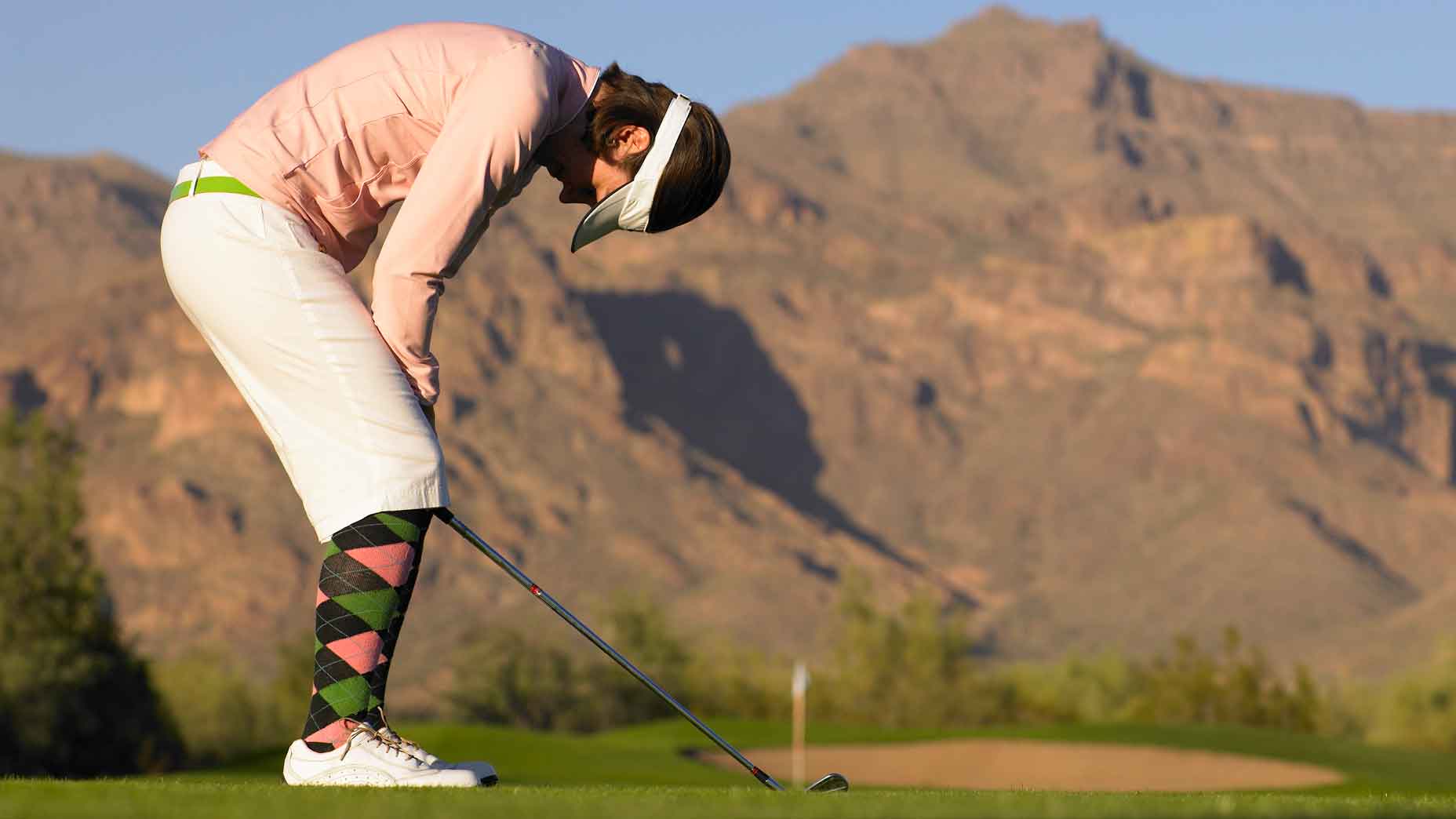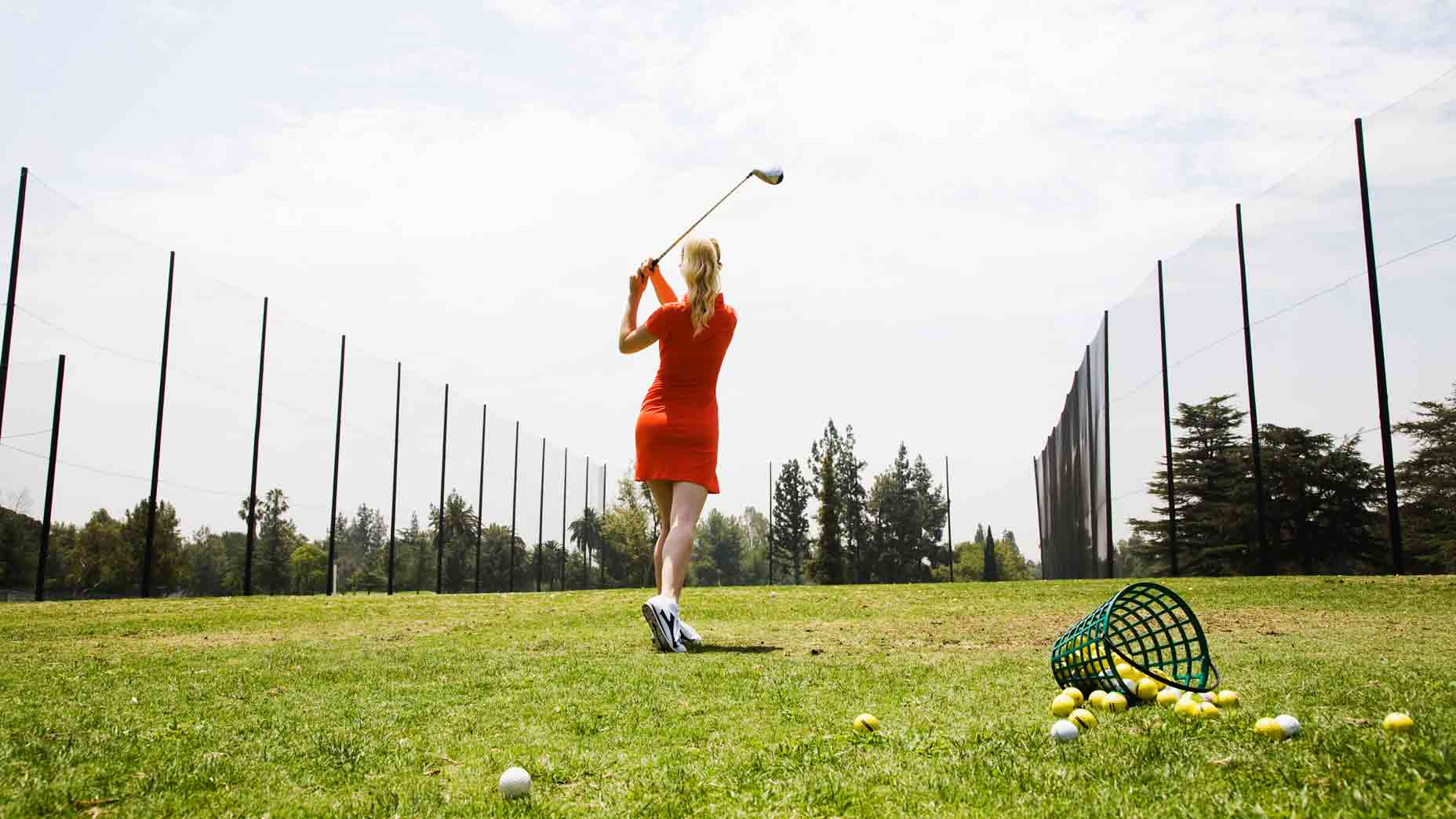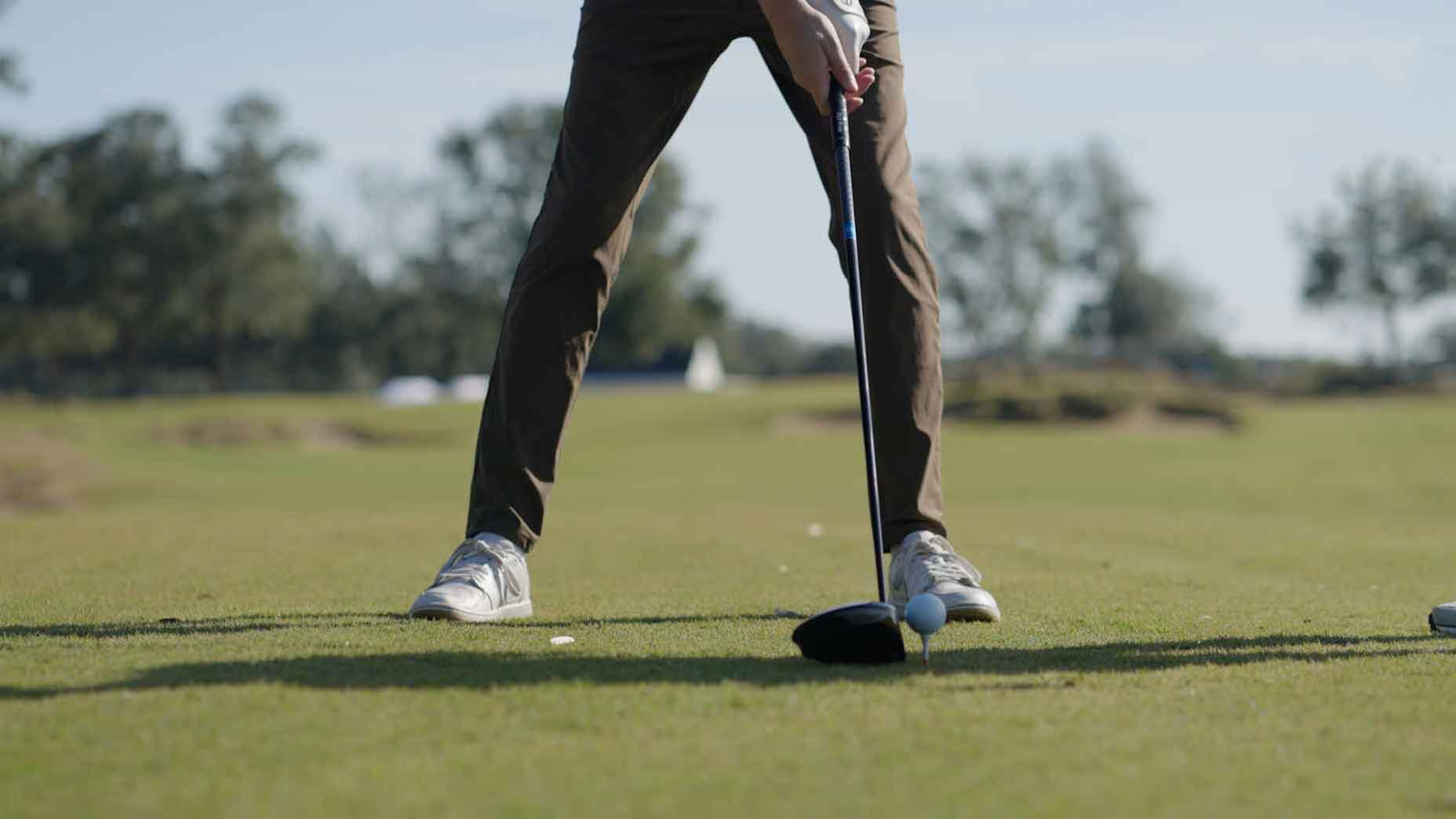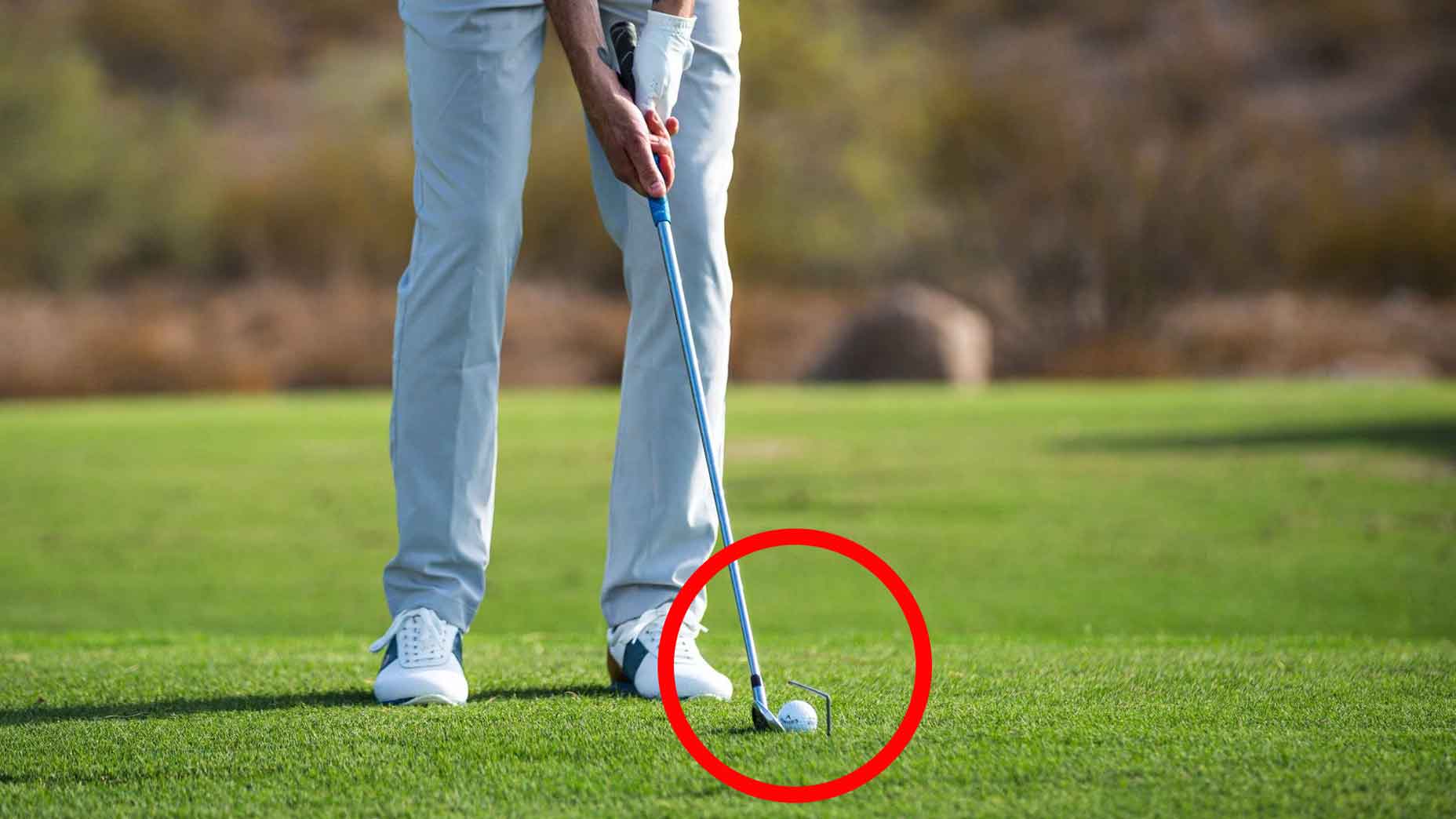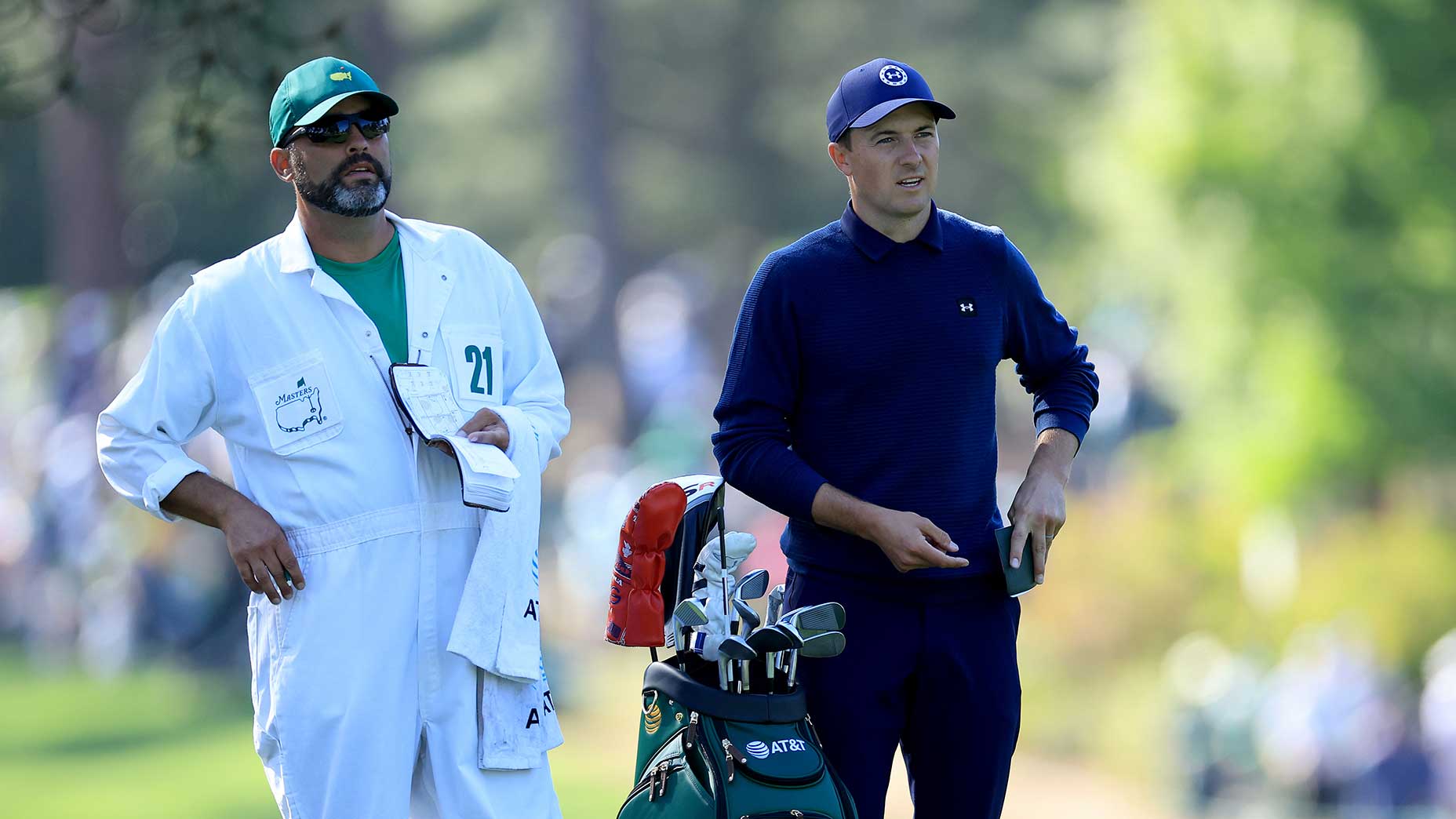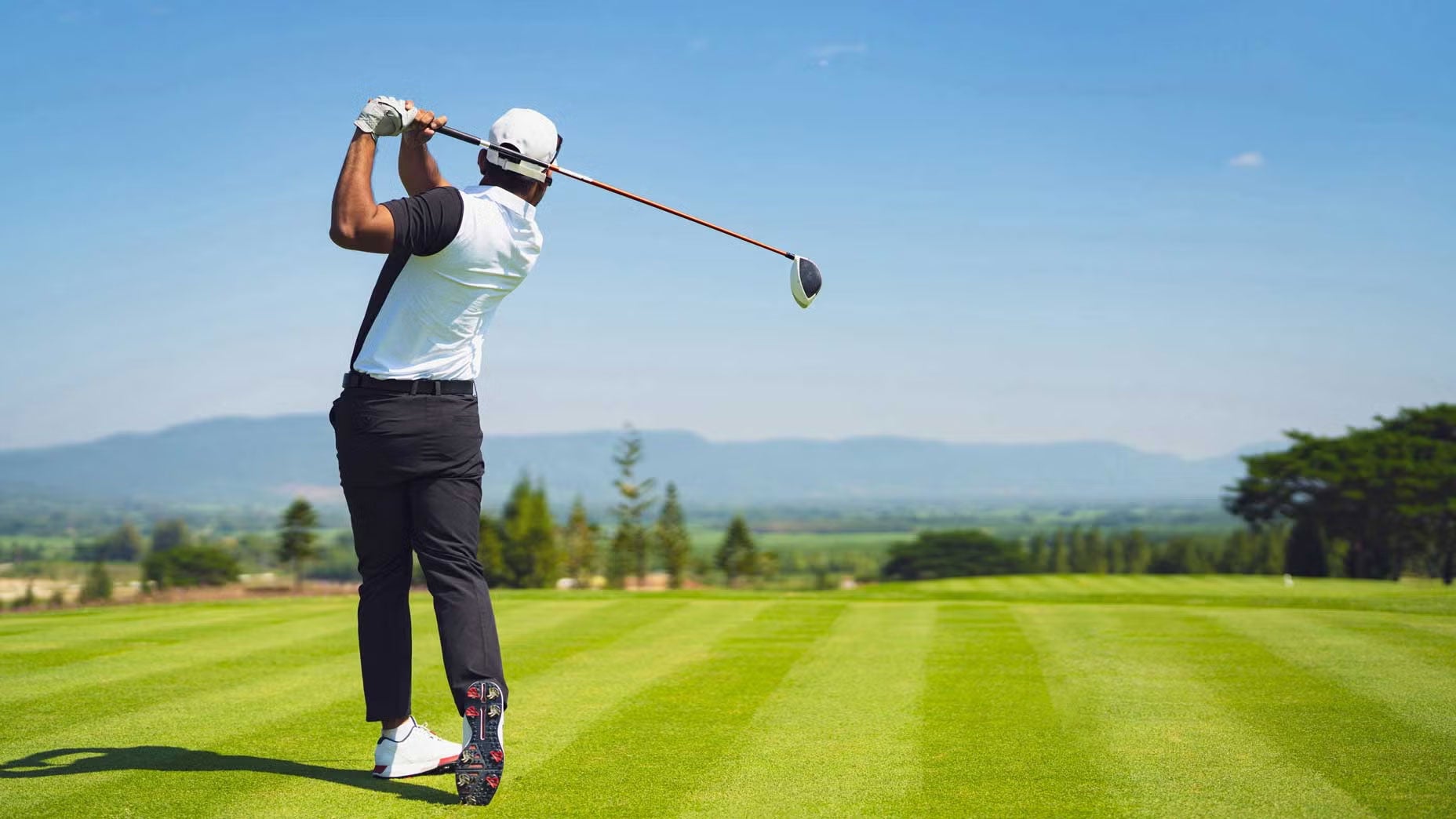When I’m giving golf lessons and a student hits a bad shot, they will sometimes ask me, “what did I do wrong?”
Let’s start with something we can all agree on: Golf is an extremely difficult sport, and hitting great shots all the time is not possible. Even elite golfers hit poor shots more often than you might think.
Given the difficulty of the game, and how many variables go into hitting perfect golf shots, a better question might be, “what am I doing right when I hit good shots?”
The bigger lesson is to emulate the mindset of professional golfers. Rather than asking “what did I do wrong” when they hit bad shots, professional golfers keep their minds trained on the future and what they need to do in order to HIT great shots, not AVOID bad shots.
Pros aren’t concerned with shots that are in the past; they have a specific intention that guides every practice session, and they know exactly what they need to do to execute that intention.
Let’s suppose that a professional wants to work on hitting draws in their practice session. The intention is clear: hitting a shot with right-to-left ball flight. The player knows that to hit a draw, the face must be more left than the path (for a right-handed golfer). Depending on the golfer, their “execution” cue might vary — it might be a grip adjustment or more forearm rotation, or some other cue that they have gotten from their coach.
Whatever that cue is, the player doesn’t stray from that. They never allow other thoughts into their mind while they’re practicing.
Why being inconsistent in your practice is the real key to consistency on the courseBy: Monique Thoresz
With each shot a professional hits during that hypothetical practice session, they either execute the desired shot or don’t — the ball either draws or it doesn’t.
When the ball doesn’t draw, professionals don’t ask “what did I do wrong?” or “why didn’t the ball draw?” They already know why. They don’t suddenly start thinking the ball flight was due to something else; like swaying during the backswing or lifting their head up or some other swing flaw. All a professional knows is that for that shot, in that moment, they didn’t execute the cue that would lead to the ball flight they wanted.
In other words, professionals have the mental discipline to stay on track with their thought process.
Adding thoughts or going outside of your intention and execution cues when you’re practicing or playing is not the answer — it only leads to confusion and a lack of clarity. So the next time you’re tempted to ask yourself what you did wrong, try to remember the positive or affirmative cues that your swing coach gave you, which will help keep your mind focused on the future, not what happened in the past.
Monique Thoresz is one of GOLF’s 2024-25 Teachers to Watch and is the Director of Instruction at Quaker Ridge Golf Club in Scarsdale, NY. You can find her on Instagram at @MoniqueThoresz_Golf. For more tips from Monique, click here.
